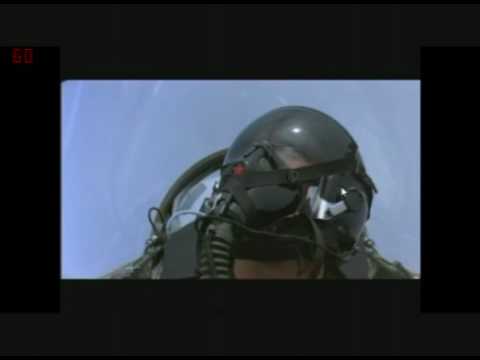In the opening scene of Top Gun, we are introduced to the hero of the movie, known by the call sign Maverick, as he accomplishes an incredible feat, trolling an enemy pilot: https://youtu.be/oB5CXR6tD6s. It is so quick, that it is difficult to see how Maverick did this. So, how did he?

“When two pilots faced off in a dogfight, the pilot who was able to observe the variables, orient his aircraft to the best possible position relative to his opponent, decide on the best course of action to engage his opponent, and act rapidly on that decision would win the fight.” (https://hbr.org/2013/09/decision-making-top-gun-style)

What the fictional Maverick uses is a conceptual decision-making framework originated by the real larger than life character, U.S. Air Force Colonel John Boyd. This framework is known as the OODA Loop, because, as illustrated by Maverick, it involves four steps, Observe, Orient, Decide, Act. Boyd believed that this framework could be useful beyond the military, and it is seen as particularly helpful in competition in the business world.
Arguably, one of the challenges holding us back from applying this framework to ending homelessness is that our field of observation is limited. This might sound surprising, if you are familiar with the homeless services world. After all, we have, in every community, a Federally mandated Homeless Management Information System (HMIS), a community wide database, that drives improvement in homeless services programs. The problem is that, as is often the case, different databases find it difficult to “talk” to each other, and if all you can “see” is what is going on in homeless services, you aren’t truly observing.
Enter the concept of the Data Warehouse. “Data Warehousing may be defined as a collection of… data derived from operational systems and external data sources. A data warehouse is designed… to support strategic and tactical decision making for organizations.” (https://www.digitalvidya.com/blog/introduction-to-data-warehousing/) In our case, by integrating data from different sources regarding persons experiencing homelessness, one can fully observe and orient. The possibilities for decision making and action are exciting.
As Dennis Culhane (https://works.bepress.com/dennis_culhane/209/) tells us, once we can integrate the different sources of data, we can, for example, measure “rates of admission to homelessness programmes following discharge from jails… hospitals… detoxification… foster care… In effect, the homelessness programme data… can be used to monitor and evaluate the effectiveness of discharge… of other… service systems. Correspondingly, other service systems can examine how homelessness impacts them…” This can, in turn, make the case for mutual “collaboration that might mitigate unnecessary and costly services use while improving the well-being of people who are homeless” (emphasis ours).

Furthermore, by linking data from various sources we can, per Culhane, look for “risk factors and interagency service-use patterns that predict entry to or exit from homelessness,” target individuals who fit those patterns, and interrupt or avert their homelessness.
Finally, Culhane says, through this type of data integration we can show that housing interventions lead to, “service reductions (such as reduced hospitalisations or incarcerations),” in some cases even fully offsetting the cost of housing. This can help us make the business argument for hospital and correctional systems, and by extension for the community at large, to invest in housing, as a cost saving mechanism, as well as a moral imperative.
This is why Culhane concludes: “Homelessness research – and by extension people who experience or are threatened with homelessness (emphasis ours) – could stand to benefit from improved accessibility of administrative data for social policy research.
- MDHA is thankful to Cindy Patrick, of the Meadows Foundation, for having asked the question that inspired this short essay.





